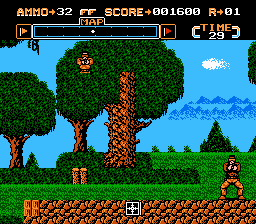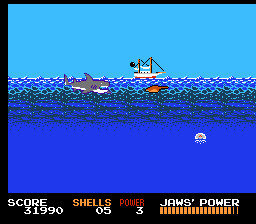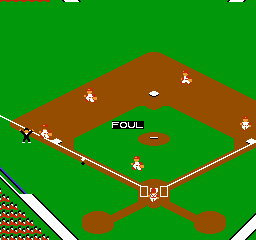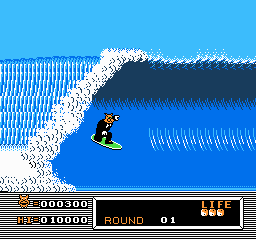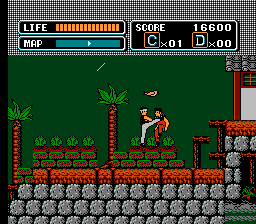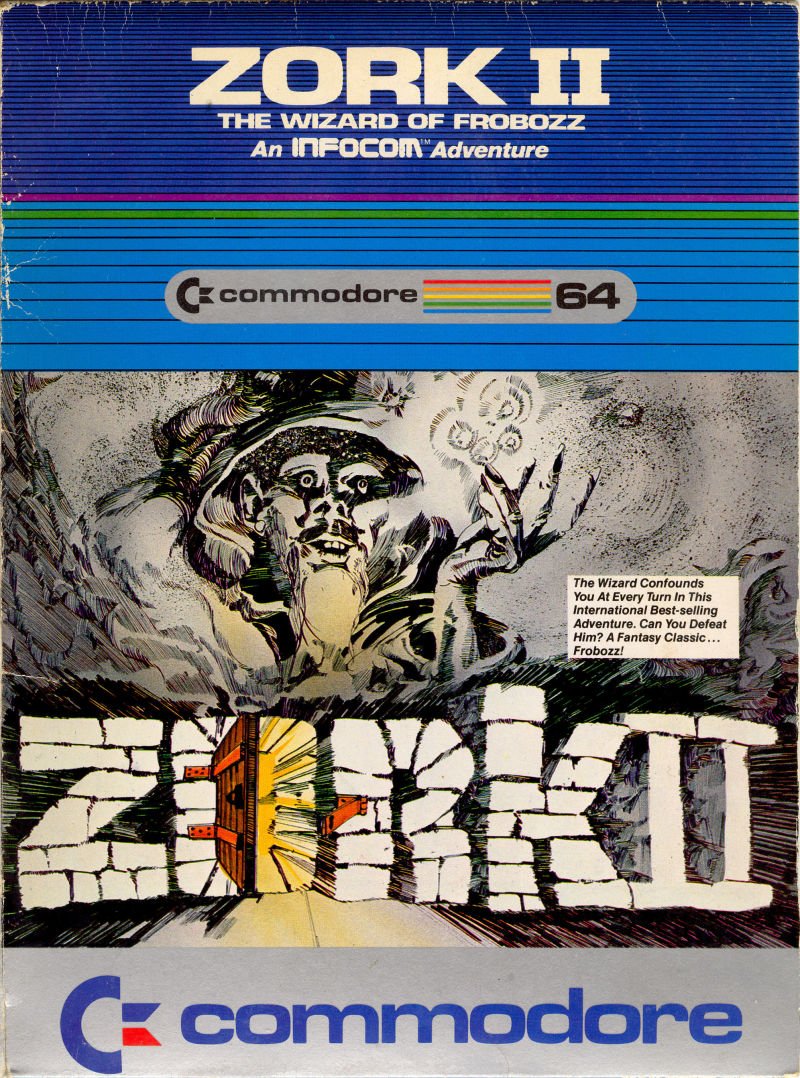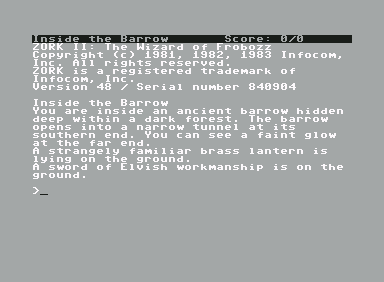The Pawn was an adventure game originally released for the Sinclair QL in 1985 by a company called Magnetic Scrolls and then ported to a number of other systems. While the game had graphics on many of the platforms, this was really an interactive fiction or text adventure game. Interestingly, the game used a partial 68000 emulator on all versions of the game, even those that ran on less powerful computers.
The images in this post are from the Atari 8-bit computer version of the game. This was one of the many versions that had graphics but they were basically just static images that depicted your location. The graphics are essentially optional and don’t really help to solve the puzzles in the game.
The story basically involves you as a player attempting to escape the fairly land of Kerovnia. There are humorous elements to the game and both the story and the game parser generally received positive reviews. The Pawn was also a very successful game in terms of sales. For instance, The Pawn was distributed by Firebird for the Commodore 64 and it was their second best-selling game. The Pawn also won a number of awards.
Interactive fiction has certainly become a more niche genre of games but there are still some being made. Up until very recently, there had not been any modern re-releases or remakes of this game. However, a company called Strandgames was recently founded by one of the co-founders and developers of Magnetic Scrolls. In 2017 they recovered the source code, remastered and re-released both The Pawn and The Guild of Thieves (Magnetic Scroll’s second interactive fiction game) and it looks like there is more to come. They are available for Windows, OS X, and Linux as well as Android and iOS.
The Pawn / Atari 800 XL XE




